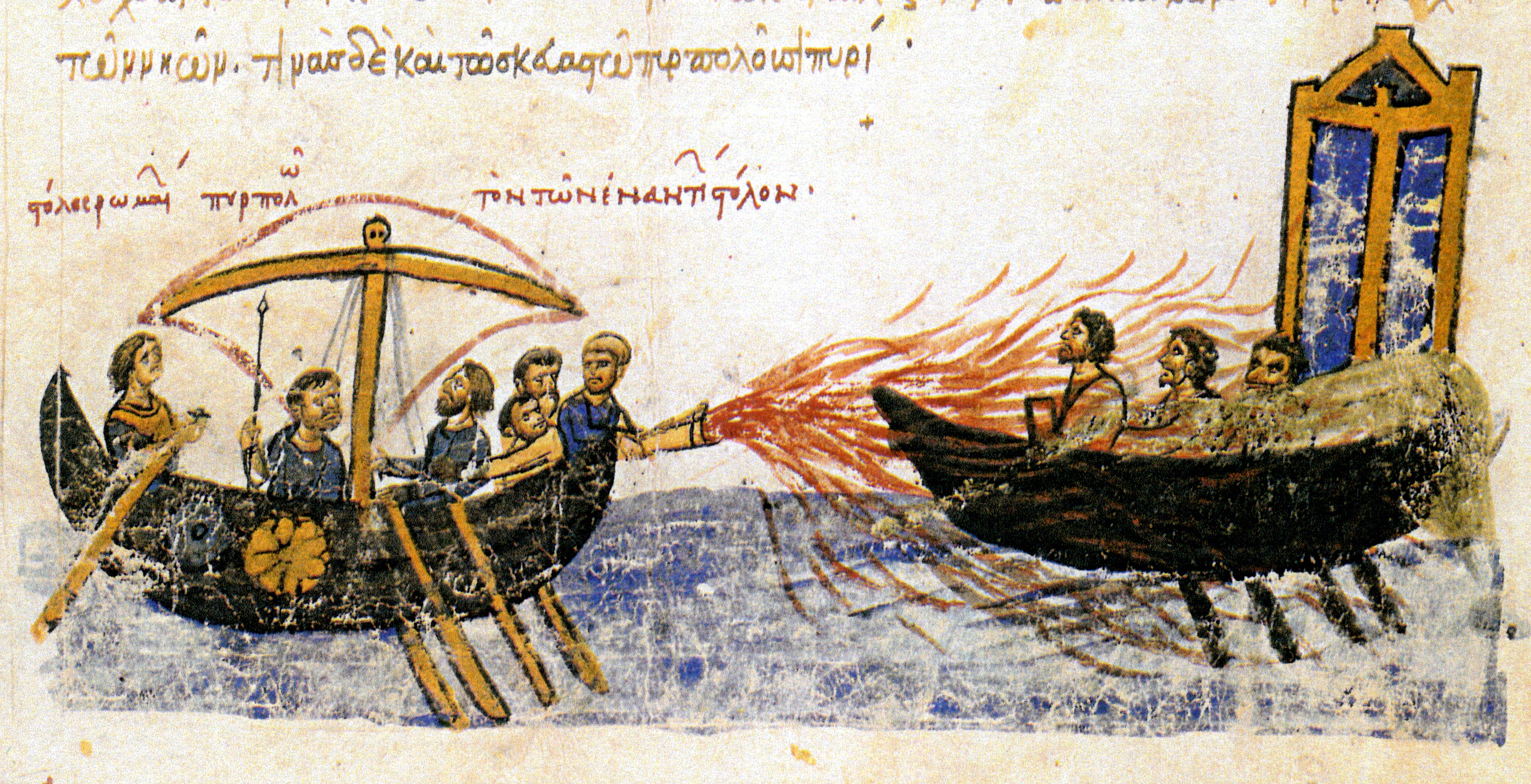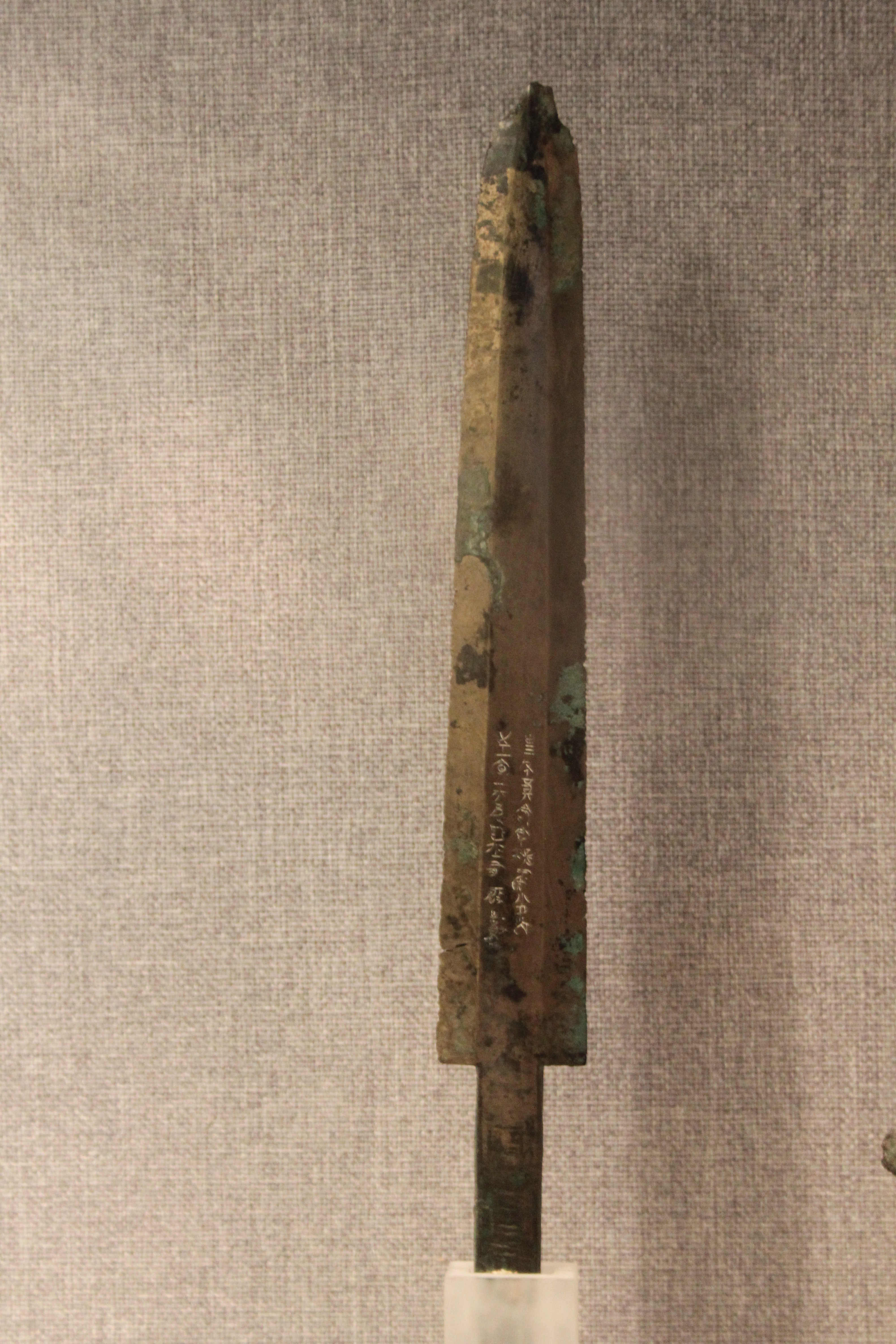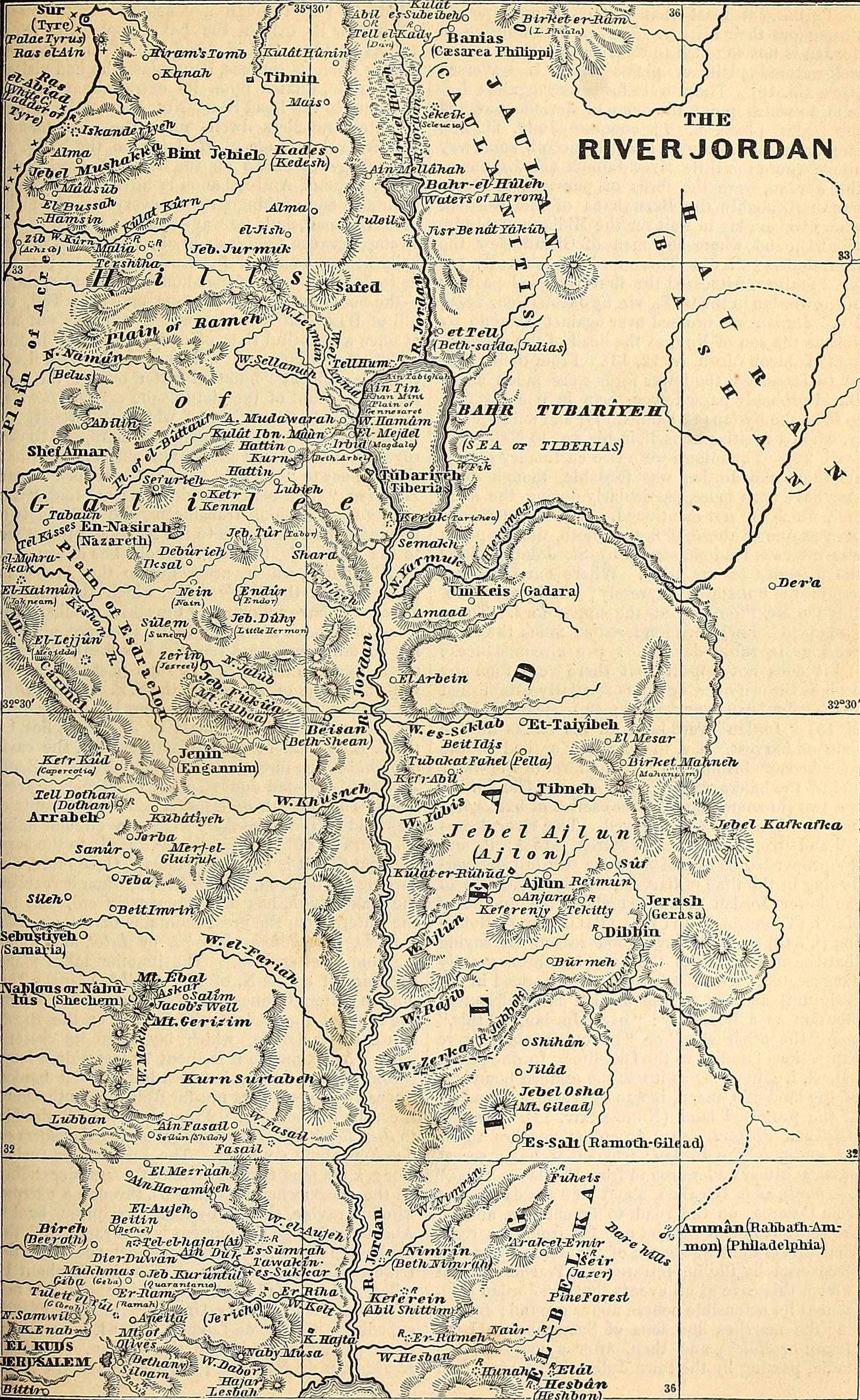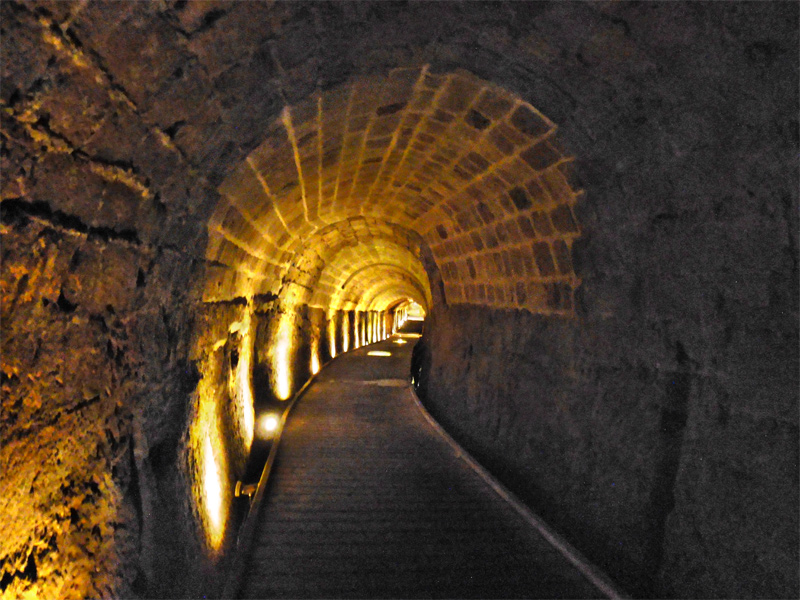|
Siege Of Mount Tabor
The siege of Mount Tabor was a military engagement between the Crusader armies of the Fifth Crusade and the Ayyubids. The combined Crusader armies laid siege to Mount Tabor, which was the objective of the Hungarian Crusade. The crusaders ultimately failed to capture the fort. Background In 1215, Pope Innocent III held a council on November 1215 to declare a new crusade, calling to liberate the Christian prisoners and to capture the Muslim fortress at Mount Tabor. The Hungarian king, Andrew II, and the Austrian Duke, Leopold VI, answered the call and began assembling and equipping their armies. Both armies gathered in the Croatian city of Spalato. The Austrians first set sail and arrived in Acre, and 16 days later, the Hungarians arrived in late September 1217. Leopold invited Bohemond IV of Antioch and his vassals to join him, which he did. The king of Cyprus, Hugh I, arrived in Acre with a large number of Turcopoles. The Austrian and Hungarian armies, along with the Kin ... [...More Info...] [...Related Items...] OR: [Wikipedia] [Google] [Baidu] |
Fifth Crusade
The Fifth Crusade (September 1217 - August 29, 1221) was a campaign in a series of Crusades by Western Europeans to reacquire Jerusalem and the rest of the Holy Land by first conquering Egypt, ruled by the powerful Ayyubid sultanate, led by al-Adil, brother of Saladin. After the failure of the Fourth Crusade, Innocent III again called for a crusade, and began organizing Crusading armies led by Andrew II of Hungary and Leopold VI of Austria, soon to be joined by John of Brienne, titular King of Jerusalem. An initial campaign in late 1217 in Syria was inconclusive, and Andrew departed. A German army led by cleric Oliver of Paderborn, and a mixed army of Dutch, Flemish and Frisian soldiers led by William I of Holland, then joined the Crusade in Acre, with a goal of first conquering Egypt, viewed as the key to Jerusalem. There, cardinal Pelagius Galvani arrived as papal legate and ''de facto'' leader of the Crusade, supported by John of Brienne and the masters of the Templar ... [...More Info...] [...Related Items...] OR: [Wikipedia] [Google] [Baidu] |
Pope Innocent III
Pope Innocent III (; born Lotario dei Conti di Segni; 22 February 1161 – 16 July 1216) was head of the Catholic Church and ruler of the Papal States from 8 January 1198 until his death on 16 July 1216. Pope Innocent was one of the most powerful and influential of the medieval popes. He exerted a wide influence over the Christian states of Europe, claiming supremacy over all of Europe's kings. He was central in supporting the Catholic Church's reforms of ecclesiastical affairs through his decretals and the Fourth Lateran Council. This resulted in a considerable refinement of Western canon law. He is furthermore notable for using interdict and other censures to compel princes to obey his decisions, although these measures were not uniformly successful. Innocent greatly extended the scope of the Crusades, directing crusades against Muslim Iberia and the Holy Land as well as the Albigensian Crusade against the Cathars in southern France. He organized the Fourth Crusade of 1202&nd ... [...More Info...] [...Related Items...] OR: [Wikipedia] [Google] [Baidu] |
Greek Fire
Greek fire was an incendiary weapon system used by the Byzantine Empire from the seventh to the fourteenth centuries. The recipe for Greek fire was a closely-guarded state secret; historians have variously speculated that it was based on saltpeter, sulfur, or quicklime, but most modern scholars agree that it was based on petroleum mixed with resins, comparable in composition to modern napalm. Byzantine sailors would toss grenades loaded with Greek fire onto enemy ships or spray it from tubes. Its ability to burn on water made it an effective and destructive naval incendiary weapon, and rival powers tried unsuccessfully to copy the material. Name Usage of the term "Greek fire" has been general in English and most other languages since the Crusades. Original Byzantine sources called the substance a variety of names, such as "sea fire" (Medieval Greek: ), "Roman fire" ( ), "war fire" ( ), "liquid fire" ( ), "sticky fire" ( ), or "manufactured fire" ( ). History Incendiary and ... [...More Info...] [...Related Items...] OR: [Wikipedia] [Google] [Baidu] |
Sortie
A sortie (from the French word meaning ''exit'' or from Latin root ''surgere'' meaning to "rise up") is a deployment or dispatch of one military unit, be it an aircraft, ship, or troops, from a strongpoint. The term originated in siege warfare. In siege warfare In siege warfare, the word ''sortie'' refers specifically to a sudden sending of troops against the enemy from a defensive position—that is, an attack launched against the besiegers by the defenders. If the sortie is through a sally port, the verb ''to sally'' may be used interchangeably with ''to sortie''. Purposes of sorties include harassment of enemy troops, destruction of siege weaponry and engineering works, joining the relief force, etc. Sir John Thomas Jones, analyzing a number of sieges carried out during the Peninsular War (1807–1814), wrote: In aviation In military aviation Military aviation is the design, development and use of military aircraft and other flying machines for the purposes of ... [...More Info...] [...Related Items...] OR: [Wikipedia] [Google] [Baidu] |
Lances
The English term lance is derived, via Middle English ''wikt:launce#Noun 3, launce'' and Old French ''wikt:lance#Old French, lance'', from the Latin ''wikt:lancea#Noun, lancea'', a generic term meaning a spear or javelin employed by both infantry and cavalry, with English initially keeping these generic meanings. It developed later into a term for spear-like weapons specially designed and modified to be part of a "weapon system" for use couched under the arm during a Charge (warfare), charge, being equipped with special features such as grappers to engage with lance rests attached to breastplates, and vamplates, small circular plates designed to prevent the hand sliding up the shaft upon impact. These specific features were in use by the beginning of the late 14th century. Though best known as a military and sporting weapon carried by European knights and Man-at-arms, men-at-arms, the use of lances was widespread throughout Horses in East Asian warfare, East Asia, the Horses in ... [...More Info...] [...Related Items...] OR: [Wikipedia] [Google] [Baidu] |
Beit She'an
Beit She'an ( '), also known as Beisan ( '), or Beth-shean, is a town in the Northern District (Israel), Northern District of Israel. The town lies at the Beit She'an Valley about 120 m (394 feet) below sea level. Beit She'an is believed to be one of the oldest cities in the region. It has played an important role in history due to its geographical location at the junction of the Jordan River, Jordan River Valley and the Jezreel Valley. Beth She'an's ancient Tell (archaeology), tell contains remains beginning in the Chalcolithic, Chalcolithic period. When Canaan came under New Kingdom of Egypt, Imperial Egyptian rule in the Late Bronze Age collapse, Late Bronze Age, Beth She'an served as a major Egyptian administrative center. The city came under Israelites, Israelite rule in the monarchic period. It probably fell under Philistines, Philistine control during the time of Saul, when, according to the Bible, his body was displayed there along with his sons. During the Hellenisti ... [...More Info...] [...Related Items...] OR: [Wikipedia] [Google] [Baidu] |
Jacob's Ford
The Daughters of Jacob Bridge (, ) is a bridge that spans the last natural ford (river), ford of the Jordan River between the Ramat Korazim, Korazim Plateau in northern Israel and the Golan Heights. The area has been used as a crossing point for thousands of years; it was part of the recently dubbed Via Maris, and was strategically important to the Ancient Egyptians, Assyrians, Hittite Empire, Hittites, Jews, Saracens (early Muslims), Kingdom of Jerusalem, Crusaders, Ayyubids, Mamluk Sultanate (Cairo), Mamluks, Ottoman Empire, Ottomans, and to modern inhabitants and armies who crossed the river at this place. The site was named Jacob's Ford () by Europeans during the Crusades. A stone bridge was built by the Mamluks sometime in the 13th century, who called it (). The medieval bridge was replaced in 1934 by a modern bridge further south during the draining of Hula Valley, Lake Hula.Sufian, 2008, pp165ff The bridge currently in civilian use was built in 2007. Within the vicinity ... [...More Info...] [...Related Items...] OR: [Wikipedia] [Google] [Baidu] |
Sea Of Galilee
The Sea of Galilee (, Judeo-Aramaic languages, Judeo-Aramaic: יַמּא דטבריא, גִּנֵּיסַר, ), also called Lake Tiberias, Genezareth Lake or Kinneret, is a freshwater lake in Israel. It is the lowest freshwater lake on Earth and the second-lowest lake in the world (after the Dead Sea, a salt lake), with its elevation fluctuating between below sea level (depending on rainfall). It is approximately in circumference, about long, and wide. Its area is at its fullest, and its maximum depth is approximately .Data Summary: Lake Kinneret (Sea of Galilee) The lake is fed partly by underground springs, but its main source is the Jordan River, which flows through it from north to south with the outflow controlled by the Degania Dam. |
Jordan River
The Jordan River or River Jordan (, ''Nahr al-ʾUrdunn''; , ''Nəhar hayYardēn''), also known as ''Nahr Al-Sharieat'' (), is a endorheic river in the Levant that flows roughly north to south through the Sea of Galilee and drains to the Dead Sea. The river passes by or through Jordan, Syria, Israel, and the Palestinian territories. Jordan and the Israeli-occupied Golan Heights border the river to the east, while Israel and the Israeli-occupied West Bank lie to its west. Both Jordan and the West Bank derive their names in relation to the river. The river holds major significance in Judaism and Christianity. According to the Bible, the Israelites crossed it into the Promised Land and Jesus of Nazareth was baptized by John the Baptist in it. Etymology Several hypotheses for the origin of most of the river's names in modern languages (e.g., Jordan, Yarden, Urdunn), one is that it comes from Semitic 'Yard, on' 'flow down' <√ירד reflecting the river's declivity, possibly a ... [...More Info...] [...Related Items...] OR: [Wikipedia] [Google] [Baidu] |
Turcopoles
During the period of the Crusades, turcopoles (also "turcoples" or "turcopoli"; from the , literally "sons of Turks") were locally recruited mounted archers and light cavalry employed by the Byzantine Empire and the Crusader states. A leader of these auxiliaries was designated as Turcopolier, a title subsequently given to a senior officer in the Knights Templars and the Order of the Hospital of St John of Jerusalem, in charge of the coastal defences of Rhodes and Malta. In addition to the two Military Orders, the army of the Kingdom of Jerusalem employed ''king's Turcoples'' under the direction of a ''Grand Turcopolier''. Byzantine origins The crusaders first encountered Turcopoles in the Byzantine army during the First Crusade. Reference is made to 30 Turcoples being lent by the Emperor Alexius I to act as guides for one division of the Franks. These auxiliaries were of mixed Byzantine and Turkic origins. Raymond of Aguilers writes that they were called Turcopoles becaus ... [...More Info...] [...Related Items...] OR: [Wikipedia] [Google] [Baidu] |
Hugh I Of Cyprus
Hugh I (; (Oúgos); 1194/1195 – 10 January 1218) succeeded to the throne of Cyprus on 1 April 1205, underage upon the death of his father Aimery, King of Cyprus and Jerusalem. His mother was Eschiva of Ibelin, heiress of that branch of Ibelins who had held Bethsan and Ramleh. Early life Hugh was the youngest of the three sons of Aimery of Lusignan, Lord of Cyprus, and his first wife, Eschiva of Ibelin. He was born between around 1194/1195 and 1199. Shortly after his birth, he lost his mother. Hugh and his two brothers, Guy and John, were engaged to the three daughters of Isabella I of Jerusalem ( Maria of Montferrat, Alice of Champagne and Philippa of Champagne), as a sign of reconciliation between Cyprus and Jerusalem. Hugh was his father's only son to survive childhood. Reign Minority Hugh was still a minor when his father died on 1 April 1205. The High Court of Cyprus appointed his brother-in-law, Walter of Montbéliard, regent. Walter was also made Hug ... [...More Info...] [...Related Items...] OR: [Wikipedia] [Google] [Baidu] |
Acre, Israel
Acre ( ), known in Hebrew as Akko (, ) and in Arabic as Akka (, ), is a List of cities in Israel, city in the coastal plain region of the Northern District (Israel), Northern District of Israel. The city occupies a strategic location, sitting in a natural harbour at the extremity of Haifa Bay on the coast of the Mediterranean's Levantine Sea. In the Village Statistics, 1945, 1945 census Acre's population numbered 12,360; 9,890 Muslims, 2,330 Christians, 50 Jews and 90 classified as "other".Department of Statistics, 1945, p4Government of Palestine, Department of Statistics. ''Village Statistics, April, 1945.'' Quoted in Hadawi, 1970, p40 Acre Prison, Acre's fort was converted into a jail, where members of the Jewish underground were held during their struggle against the Mandate authorities, among them Ze'ev Jabotinsky, Shlomo Ben-Yosef, and Dov Gruner. Gruner and Ben-Yosef were executed there. Other Jewish inmates were freed by members of the Irgun, who Acre Prison break, brok ... [...More Info...] [...Related Items...] OR: [Wikipedia] [Google] [Baidu] |








